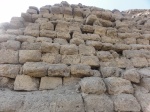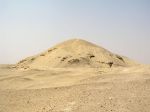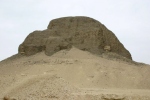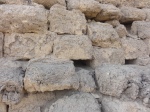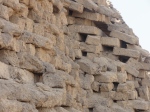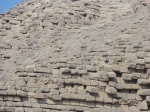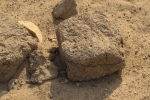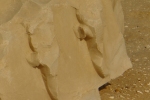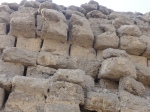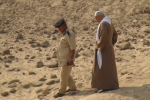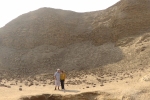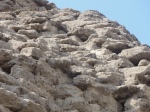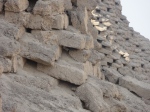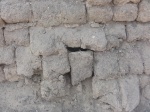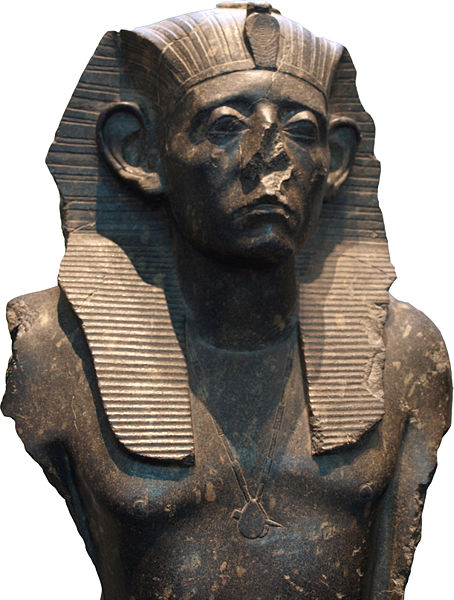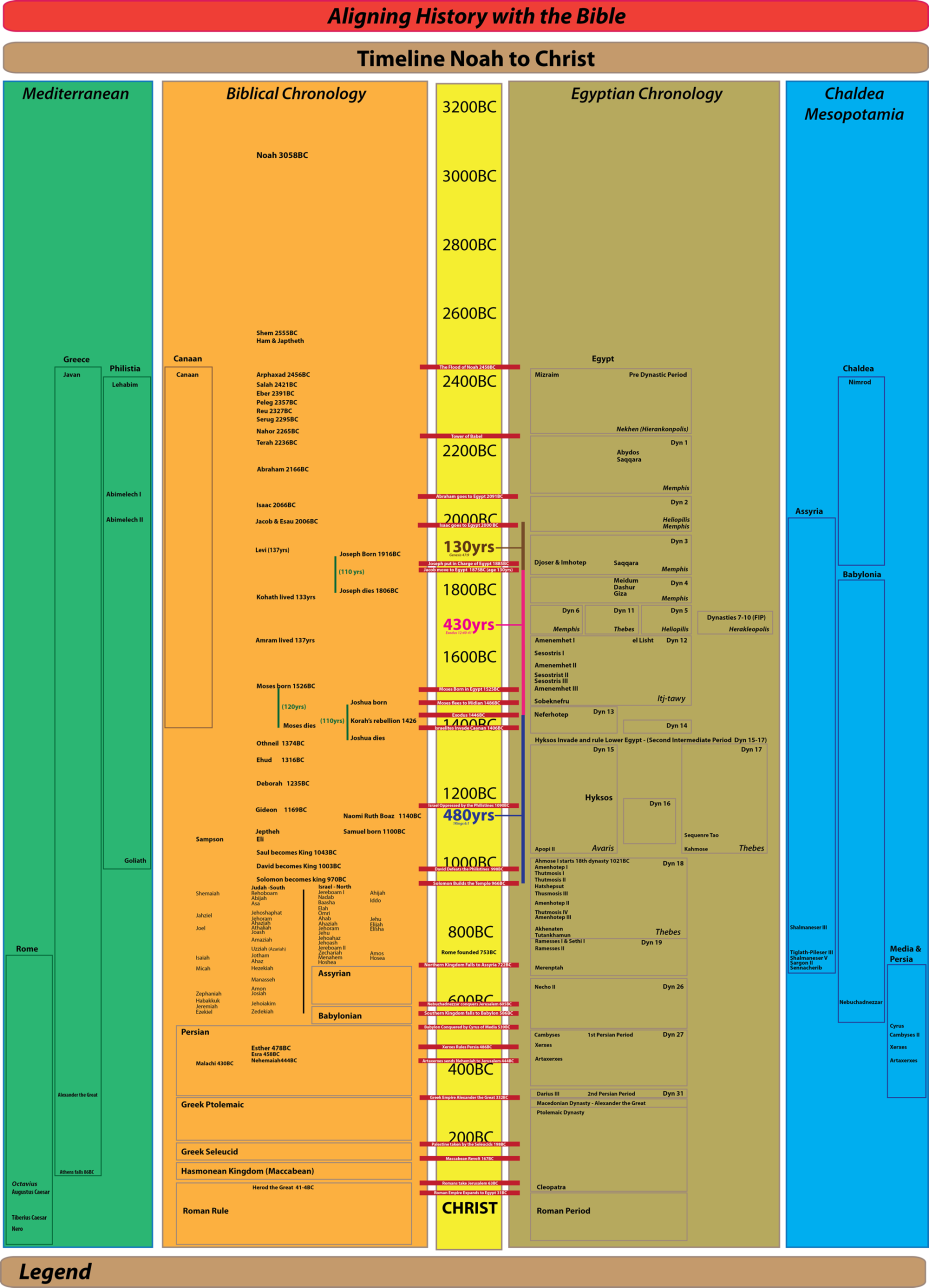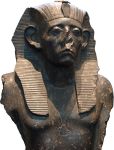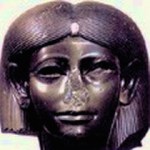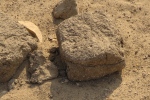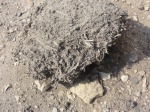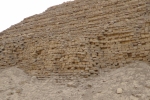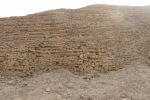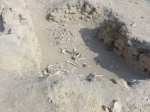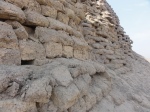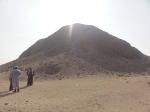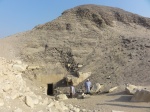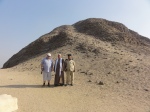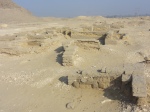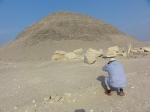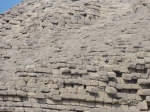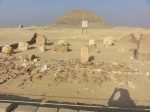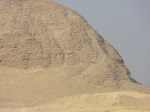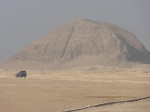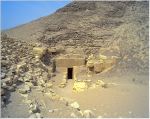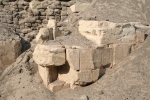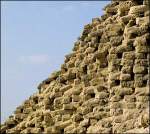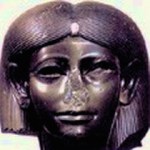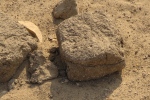Many scholars now realize that Moses was born during the 12th dynasty when Amenemhet III was pharaoh and the Exodus occurred around 1445bc during the 13th dynasty when Neferhotep was Pharaoh.
There is much archaeological evidence to support this revelation, however, it means that the traditional dates of the 12th and 13th dynasties need to be revised.
http://www.diggingsonline.com/pages/rese/dyns/yusef.htm
When it comes to locating Joseph in the history of Egypt, there are two schools of thought.
The Bible says that the Israelites sojourned in Egypt for 430 years. Exodus 12:40 says “the length of time that the Israelites live in Egypt was 430 years.”
The New Testament also refers to this 430 years. Galations 3:17 says ” The law, introduced 430 years later, does not set aside the covenant previously established by God and thus do away with the promise. “
Because of this many scholars believe that the 430yrs commenced with the promise being given to Abraham 215yrs before Jacob and his family moved to Egypt.
The result of this is that some scholars believe that Joseph came only 215 years before Moses lead the Israelites out of Egypt.
http://www.ancientexodus.com/topics/index/new-york-times-book-review/
http://www.specialtyinterests.net/exodus.html
Other scholars believe that the Joseph was 430 years before the Exodus.
Joseph went to Egypt some 9-10 yrs before Jacob did.
When Jacob and his family went to Egypt, the Israelites numbered about 70. When they left Egypt they numbered around 2 million. They needed time time multipy to this number. Not withstanding this, it is obviously very important to know whether the Isralites were in Egypt for 430 years or 215 years so that we know in which dynasty to look for Joseph.
It is also important to know how the Egyptian dynasties are ordered.
People who believe in a 215 yr sojourn in Egypt look for Joseph earlier in the 12th dynasty and have nominated Mentuhotep as a possibility.
People who believe in a 430yr sojourn in Egypt look for Joseph in an earlier dynasty and given the similarities between Joseph and Imhotep, have tended to place Joseph in the 3rd dynasty.
Placing Joseph in the 3rd dynasty would require an even greater revision of Egyptian history and a complete revision of the Chronology to allow for parallel dynasties running concurrently in the North and the South and also for the common practice of coregency.
This would bring Egyptian history into complete agreement with the Bible.
One of the problems of placing Joseph in the 12th dynasty means that the flood of Noah would most likely have occurred during during one of the earlier dynasties (2450bc) and this is not only out of keeping with the Bible but there is no archaeological evidence of a worldwide flood during any Egyptian dynasty.
The Bible records that Noah had a grandson named Mizraim who seems to be one of the Patriarchs of Egypt. The flood would, therefore, have preceded even the predynastic periods of Egyptian History.
Even Manetho, whom most archaeologist regard as the most authoritative source of information on the chronology of Egyptian history, believed that Mizraim and Menes (the first Pharaoh) were the same person.
Placing Joseph in the 3rd dynasty and Moses in the 12th dynasties not only fits very well with the archaeological evidence, it fits very well with the Biblical account. What we know about these people from the Historical records can then be used to fill in the gaps in the Biblical record revealing how miraculous, amazing and glorious the Hand of God has been in dealing with mankind.

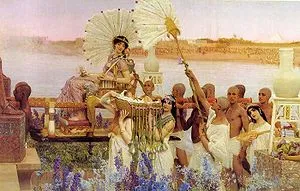
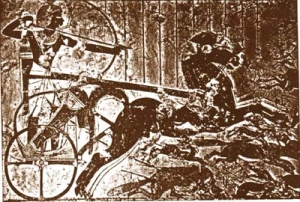 Horse drawn chariots were used for military purposes and were not introduced until the 12th dynasty. Most of the chariots of the 12 & 13th dynasty were lost in the Red Sea at the time of the Exodus and paintings depicting horse drawn chariots in the 12th dynasty would not have survived.
Horse drawn chariots were used for military purposes and were not introduced until the 12th dynasty. Most of the chariots of the 12 & 13th dynasty were lost in the Red Sea at the time of the Exodus and paintings depicting horse drawn chariots in the 12th dynasty would not have survived.



